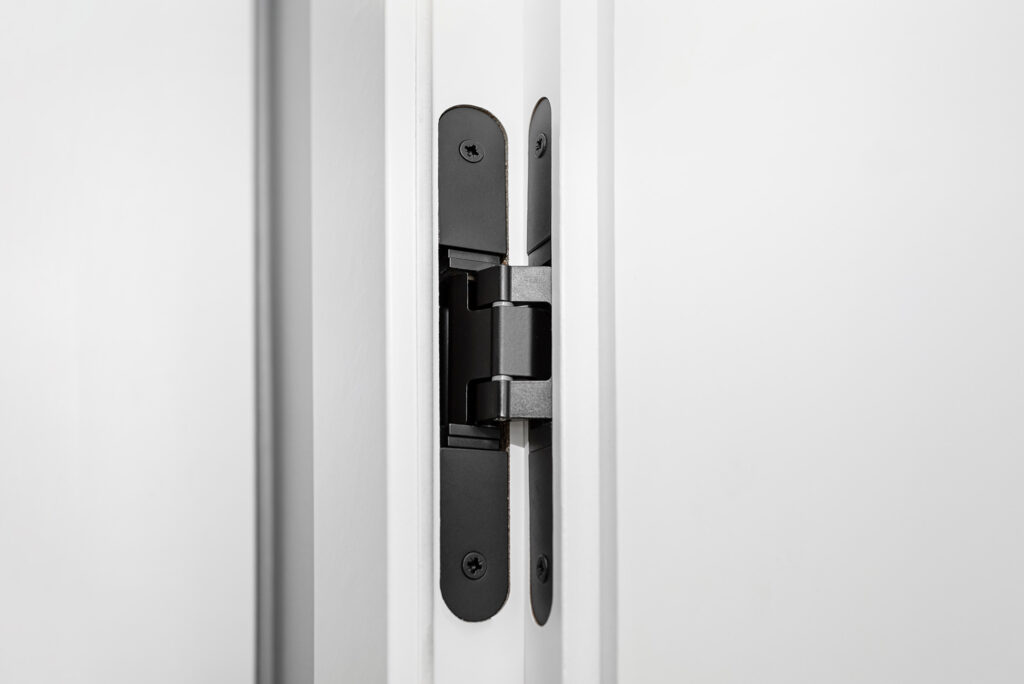The No Casing Door Case
July 15, 2022We have seen over the course of many, many years all of the different ways that door frames can be designed and utilized to either improve flow, match the aesthetic of the room, or provide additional functionality such as security, insulation, and sound cancellation. On the other hand, just recently, we have noticed something new! There is absolutely no casing on the doors!
Initially door casings were intended to serve the purpose of shielding and encasing the door hinges within a strong frame. This would allow the door to open and close without causing any harm to the walls or the door itself as a result of the door swinging back and forth. Over time, these door casings would transition from ornate and decorative frames into those that are more flush and unobtrusive. This was done to conform to the more current or modern perspective of today’s design aesthetics. Because people are increasingly working from home, it is important to maintain some semblance of order and eliminate any potential sources of distraction. Door casings are now so flush to the wall that you can’t even tell that they are there.

This new design is much more involved than you may think. Because the door’s frame isn’t visible to the naked eye, companies that manufacture and sell doors came up with a solution that would protect the door and insulate it in the same way that a typical door would be, but would do so in a way that wouldn’t reveal any of the door’s structural components. The result? A casing that is both aesthetically pleasing and technically complex is built into the wall itself. The casing is placed into the drywall at the doorway, taking the place of the framing that would normally go there. Hinges attached inside the casing move and rotate out of the socket from the wall. This allows the door to hinge in and out without the requirement for a frame that is positioned outside of the wall. It is necessary to construct the door frame (jamb) in such a manner that it allows the drywall to attach to it without leaving a visible seam. This can be accomplished by building the jamb in accordance with certain guidelines. Additionally, hinges are utilized that do not protrude. These kinds of hinges are frequently referred to as “hidden hinges” or “concealed hinges”.
While the aesthetic of a door frame with no casing is quite trendy, it is significantly more expensive than a standard door frame. Door frames with no casing must be planned in advance of the construction of the home; otherwise, the drywall will have to be reconfigured to fit the inner portion of the casing.
After the flush door casing installation, the individual who finishes the task should be one with a good skill set and who has great attention to detail in their craft. Otherwise, the end result could fall short of your expectations. If you’re interested in the no casing, casing look, contact Smith & DeShields today. From doors to hardware and molding, visit our 4,000 SF showroom in Naples to view our selection, or call (239) 591-2224 for more information.
Let one of our best-in-class sales associates help you find the perfect building supplies for your project.
Contact Us

